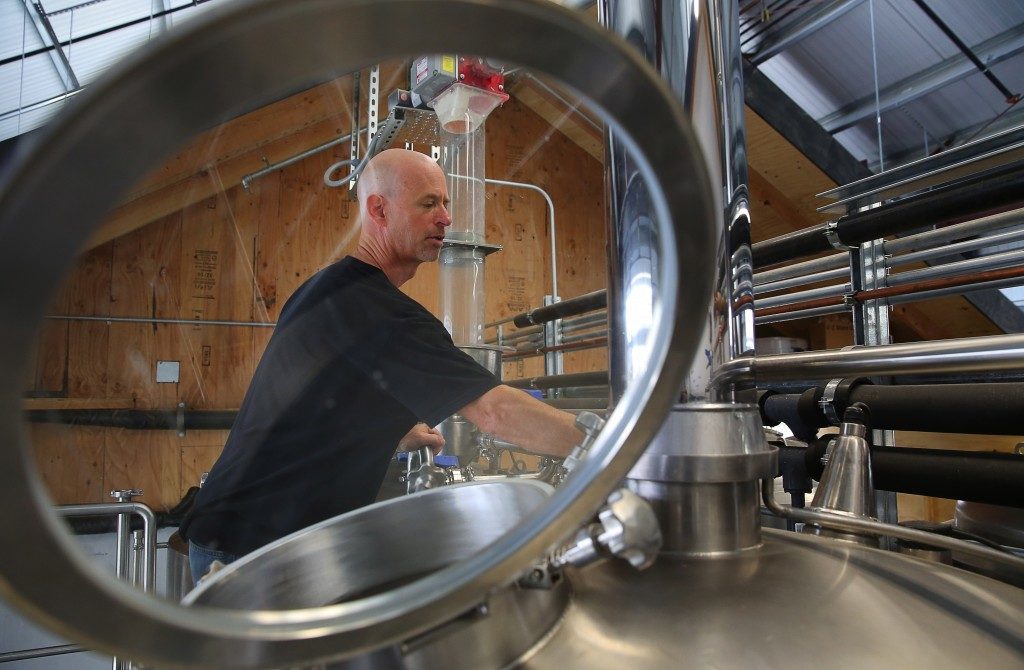HPEL Transducers
- Sonoma Games123 Nr2003 Designs Pictures
- Sonomagames123 Nr2003 Designs Pictures
- Sonoma Games123 Nr2003 Designs Graphics
- Sonomagames123 Nr2003 Designs Ideas
TLDR; Sold a Brand new copy of NR2003 on eBay, buyer opened it tried to play it, wanted a full refund, and blamed me because it dosen't work on her grandson's new computer. EBay sided with the buyer. Beware when selling valued or collectors items. Sonoma Magazine is an award-winning, bi-monthly publication that celebrates the Sonoma landscape and lifestyle. Through in-depth stories and vivid photography, Sonoma Magazine keeps readers on the pulse of the restaurants, wineries, arts, entertainment, culture and style that make Sonoma a destination, a haven, and a way of life.
The ideal loudspeaker transducer would have zero mass, respond infinitely quickly to any signal, be perfectly damped, have no distortion and be perfectly linear. Until now, the technology that best exemplifies those characteristics is electrostatic. Introduced almost 60 years ago, electrostatic headphones have remained the choice of discerning listeners who demand the highest audio quality. Now, a revolutionary new electrostatic transducer, derived from the world of ultrasonics, has been developed in the UK by Warwick Acoustics. The patented High-Precision Electrostatic Laminate (HPEL) audio transducer ushers in a new paradigm in the field of electrostatic drivers, and the Sonoma M1 is the first headphone system in the world to use it.
Injected magnesium earcups
Producing an excellent sounding, lightweight design would all be for naught if the ear and headband pads induced any discomfort. So, to ensure maximum listening pleasure, the pads on the M1 are all handmade from top-grain Cabretta sheepskin leather. Cabretta leather is renowned for its light weight, smoothness, suppleness, and durability. Interior Design Magazine’s Best of Year (BoY) is a design awards program dedicated to the year’s best. Announcing New Dynamic Products and On-trend Surface Materials. National introduces an assortment of new products that further enhances their portfolio and ability to.
Compared to Aluminium, Magnesium is about ⅓ lighter and has superior acoustical damping. Combining excellent strength-to-weight ratio, high stiffness and outstanding EMI/RFI shielding, Magnesium is the ideal material in which to house the HPEL transducer to ensure optimum performance. The ear-cups of the M1 are formed by precision injection moulding at very high pressure. The result is a weight of 10.7 ounces (303 grams) which contributes to outstanding headphone comfort. Only high-grade stainless steel screws and fasteners are used in the headphones for high strength and resistance to corrosion.
Handmade carbretta sheepskin ear-pads
Comfort in a headphone is of paramount importance. We want you to enjoy the M1 for extended listening sessions. Producing an excellent sounding, lightweight design would all be for naught if the ear and headband pads induced any discomfort. So, to ensure maximum listening pleasure, the pads on the M1 are all handmade from top-grain Cabretta sheepskin leather. Cabretta leather is renowned for its light weight, smoothness, suppleness, and durability.
The leather used in the M1 is sourced from Ethiopia. The hides are then tanned by Pittards in the UK, who have been tanning leathers since 1826. Finally, the pads are hand sewn in Germany.
Custom low-capacitance cable
An electrostatic headphone does not present a normal load to any partnering amplifier. As a result, it is impossible to use just any cable to connect amplifier to headphone. Therefore, in collaboration with Straight Wire Inc., a totally new, ground-up design was done for the M1. The goal was to meet the following criteria:

- Capacitance had to be minimised;
- Mechanical noise pick up had to be minimised;
- Signal purity had to be maximised;
- The cable had to be thin, flexible and light weight.
Discrete Single-Ended Class-A Amplifier
Sonoma Games123 Nr2003 Designs Pictures
Like all electrostatic transducers, the HPEL requires a high-voltage drive amplifier in order to function. In the case of the M1, the drive comes from a high-performance, single-ended, discrete FET Class-A amplifier with very low distortion and wide bandwidth which is optimally matched to the HPEL. The amplifier was designed and optimised to drive the inherent capacitive load of an electrostatic transducer, and the Class-A output stage is operated at a high bias level, and delivers a very high slew-rate. Operating at such high bias levels results in improved linearity.
ESS sabre reference DAC
The Sonoma M1 system was developed to deliver true high-resolution performance. For the critical digital-to-analog conversion stage, we turned to an established leader in the field. ESS Technology is universally recognised as the world’s premier DAC chip manufacturer, and we have opted for their 32-bit Reference DAC. Two stereo DAC chips are used in a special mono mode to deliver a measured 129 dB signal-to-noise ratio (SNR).

Custom 64-bit Fixed-Point Digital Signal Processing
Sonomagames123 Nr2003 Designs Pictures
Anyone who is familiar with loudspeaker or amplifier measurements will undoubtedly have seen plots of flat frequency response from a few tens of Hz all the way up to 20+ kHz. A flat frequency response is the ultimate goal for those components, and is quite easily achieved in an amplifier, but more difficult to achieve in a loudspeaker, especially in a real-world listening room (as opposed to an anechoic chamber).
Sonoma Games123 Nr2003 Designs Graphics
Precision CNC-machined aluminium case
Sonomagames123 Nr2003 Designs Ideas
In contrast to the M1 headphones, where every effort was made to minimise weight, the M1 amplifier is a very substantial unit. Starting with a solid billet of high purity Aluminium 6063, the material is first extruded, and then CNC-machined to produce a shallow U-shape comprising the base and side walls of the amplifier. The metal walls which remain are 5/16th of an inch thick. A top-plate of the same thickness is similarly produced, along with ½ inch thick end-plates to form the complete enclosure. A special 3D-wave pattern is then cut into the base and top-plate by CNC-machine to facilitate heat dissipation